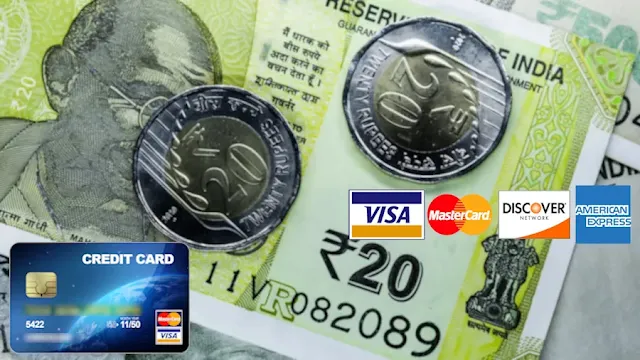
Last year, while rushing to catch a flight from Mumbai to Bangalore, I got held up at security because I forgot to remove my laptop from my bag. The queue behind me grew restless, and I missed my boarding call by minutes! That stressful moment taught me the importance of knowing exactly what to remove at airport security in India. This guide will help you breeze through security checks with confidence, covering everything from liquids to electronics.
Table of Contents
Electronics and Large Devices
Laptops, tablets, e-readers, and large cameras must be removed from your carry-on and placed in a separate bin for X-ray screening. Smaller devices like smartphones can usually stay in your bag, but always follow security personnel’s instructions, as rules may vary by airport, such as at Delhi Airport.
Outerwear and Accessories
Remove jackets, coats, belts with large buckles, and bulky jewelry, placing them in bins for screening. This helps speed up the process and keeps the security line moving efficiently.
Shoes and Footwear
In India, removing shoes isn’t always mandatory, unlike in some countries. However, if the metal detector flags your footwear, you may need to remove them. Wear slip-on shoes for convenience, especially at busy airports like Mumbai or Bangalore.
Liquids and Gels
India follows the international 3-1-1 rule for liquids, gels, and aerosols in carry-ons. Containers must be 100ml (3.4 ounces) or less, placed in a single, clear, resealable plastic bag (1-liter capacity). Items like shampoo, conditioner, lotion, perfume, cologne, contact lens solution, hair gel, and toothpaste must comply. Keep the bag accessible for inspection.
Metallic Items
Remove keys, coins, metal flasks, and small tools from your pockets or bag, placing them in a tray. Large metal items in your carry-on may require separate screening to avoid triggering alarms.
Prohibited Items
Certain items are strictly prohibited in carry-ons per Air India and IndiGo guidelines, including:
- Firearms and realistic toy weapon replicas
- Explosives, fireworks, and plastic explosives
- Sharp objects like sabers, scissors, ice axes, and ice picks
- Lighters and flammable items
Pack these in checked luggage or leave them at home to avoid confiscation.
Tips for a Smooth Security Experience
Be Prepared: Have your laptop, liquids bag, and electronics ready for screening.
Stay Informed: Follow security staff instructions, as procedures may differ slightly.
Dress Smartly: Avoid excessive metal accessories and wear easy-to-remove shoes.
Pack Smartly: Keep items requiring screening accessible in your carry-on.
Frequently Asked Questions
What is the 3-3-3 rule at the airport?
The 3-3-3 rule is a misnomer; it’s likely a confusion with the 3-1-1 rule, which mandates liquids and gels in containers of 3.4 ounces (100ml) or less, in one clear, 1-liter plastic bag, per passenger.
Which items are not allowed in flight with Air India?
Air India prohibits firearms, explosives, fireworks, plastic explosives, sabers, scissors, ice axes, ice picks, lighters, and realistic toy weapons in carry-ons. Check their guidelines for details.
What is the 7kg rule in India?
Most Indian airlines, like IndiGo, allow 7kg of carry-on luggage plus one personal item (e.g., laptop bag) for domestic flights. Check IndiGo’s rules for specifics.
What do you need to take out of your carry-on at airport security?
Remove laptops, tablets, large electronics, liquids/gels in a 1-liter bag, and metallic items like keys or flasks for separate screening.
What is the 3-1-1 rule?
The 3-1-1 rule requires liquids and gels in containers of 3.4 ounces (100ml) or less, in one 1-liter clear plastic bag, one bag per passenger.
Do I need to take chargers out at airport security?
Chargers typically don’t need to be removed unless they’re bulky or tangled with other items, but follow security staff instructions at the checkpoint.







